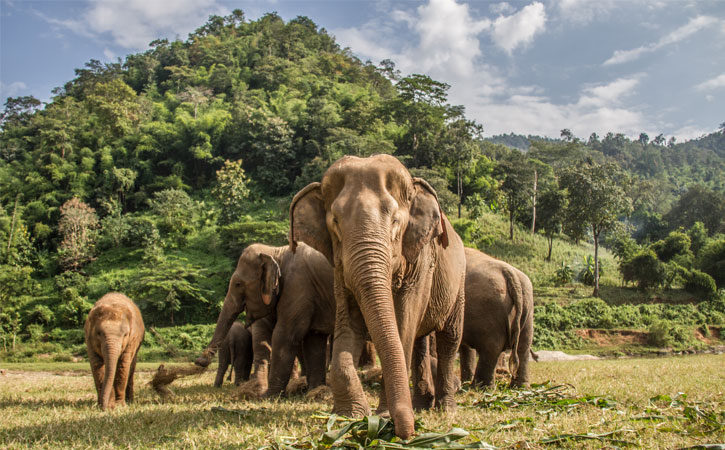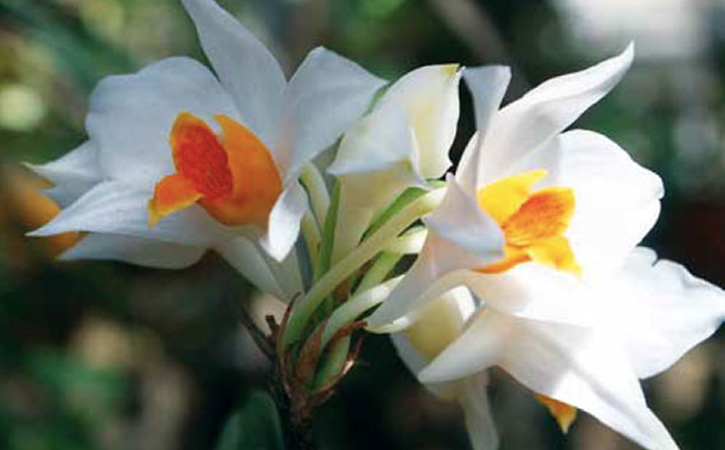Ecotourism or ecotourism is now a mainstay commodity of a number of local governments to boost their revenues. Ecotourism is not just selling natural beauty, but in it, there are also aspects of education and conservation of nature on an ongoing basis.
Visitors not only throw away their eyes to admire the mountains, forests, beaches, to the ocean but also respect the local population and participate in preserving its culture.
If you intend to do ecotourism, don’t forget to bring your smartphone. In addition to capturing photos of nature, you can also play poker online or even place bets on judi bola to provide support to your favorite team. This moment is very fitting when you are on your way to these tourist attractions. Usually, there are various promos that they offer to the players. Your trip will be very fortunate if you win it, and the cost of accommodation can return on investment.
Here are the top five most popular ecotourism destinations in Southeast Asia.
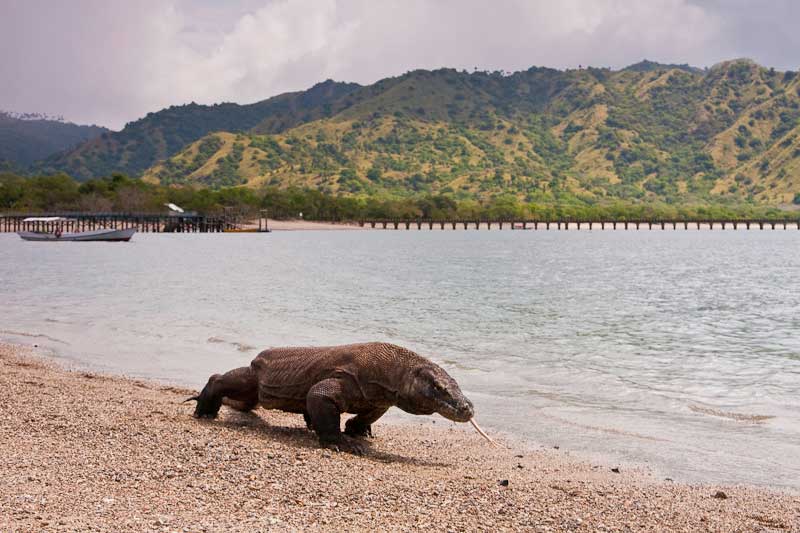
Komodo National Park
Komodo Island is the only Komodo habitat in the whole world. Besides being able to witness the three-meter long ancient animal, visitors can explore the beauty of the underwater world by diving or snorkeling. For matters of the place to stay to tour around the island of Komodo, a number of local tour agencies already have a variety of packages that can be adjusted to the budget.
Taman Negara National Park, Malaysia
Taman Negara National Park is Malaysia’s proud conservation forest area. Since it was founded in 1938, the ecotourism area has been developed as the most prominent tourist destination in the neighboring country. One of the most famous spots in the 530-meter long canopy, which is the longest in the world and hangs above a height of 45 meters. In addition, Taman Negara is listed as one of the oldest wet forests in the world with an age of 130 million years. In accordance with the topography, Taman Negara is very suitable for nature adventurers. In this place also available tour services for jungle safaris, hiking, to rafting.
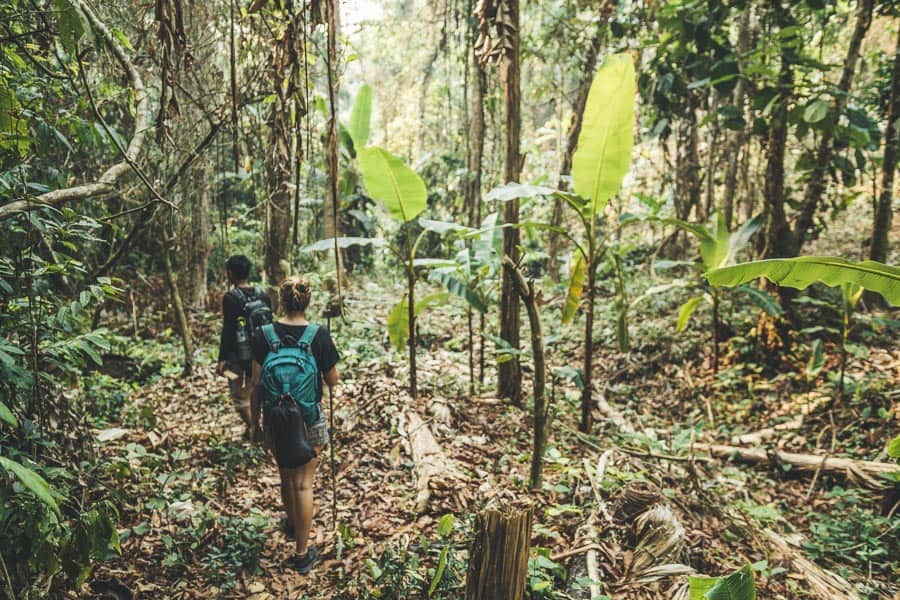
Luang Namtha, Laos
Luang Namtha is the name of a province in Laos that is located in the northwest, which has a protected area of Nam Ha, Namtha River, and a village where ethnic Lao. The most interesting object in Luang Namta, besides its natural scenery, is the hospitality of the local residents and its natural wealth. Visitors can also take part in activities such as rafting, hiking, and cycling around the village to increase the income of local residents. The presence of tourists also gave a strong message to ethnic Lao villages, that their forests need to be preserved and preserved as priceless natural resources.
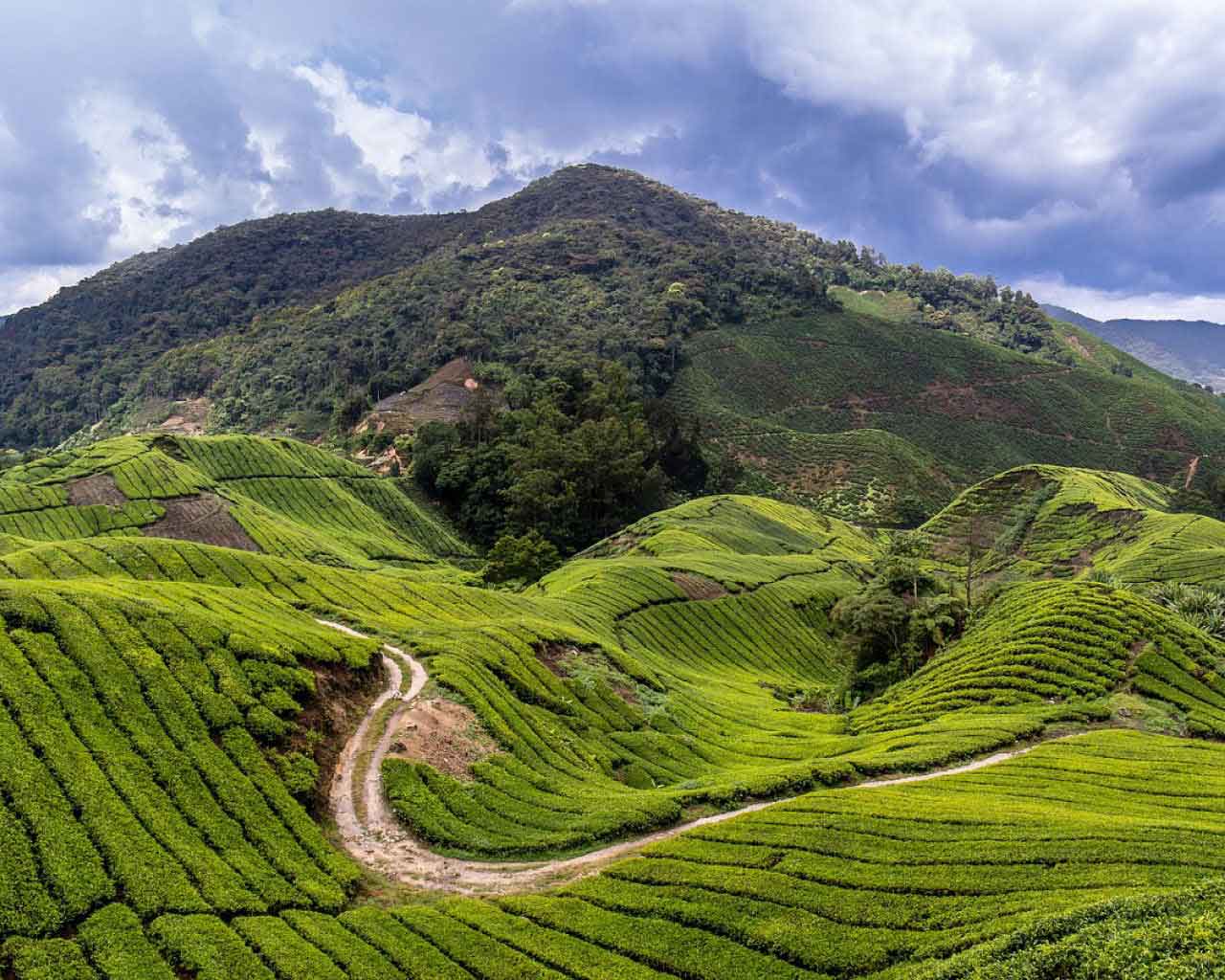
Cameron Highlands, Penang, Malaysia
Cameron Highlands, located in West Malaysia, has natural views of the tea garden like a green rug with cool temperatures between 17-23C in the afternoon and 17C at night. If you ever have the chance to visit this place, spend your morning in the Palas River, which is the highest spot to look at the hills of tea. After that, you can take a tour to explore Mossy Forest, wet forest with trees that are still covered in moss. This place will take you away from the hustle and bustle of the city.
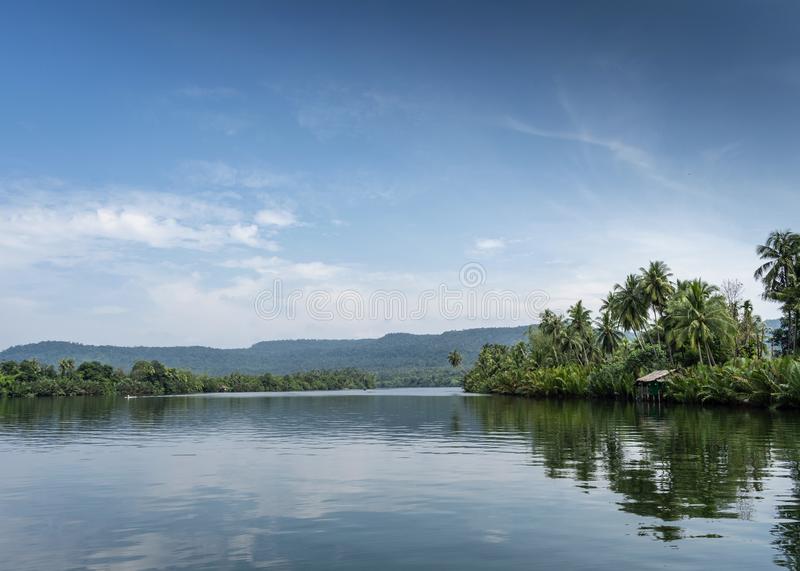
Tatai River and Cardamom Mountains, Cambodia
The Tatai River and the Cardamom Mountains are one of the largest and virgin forest areas in Southeast Asia. Its location is in Koh Kang Province near the border with Thailand. This area presents natural landscapes that are rarely touched by humans, ranging from beaches, rivers, to fauna which is included in protected categories such as the Asian Elephant and Tiger. Almost all lodging in this tourist location carries the concept of local wisdom, namely the harmonization of humans with nature.

